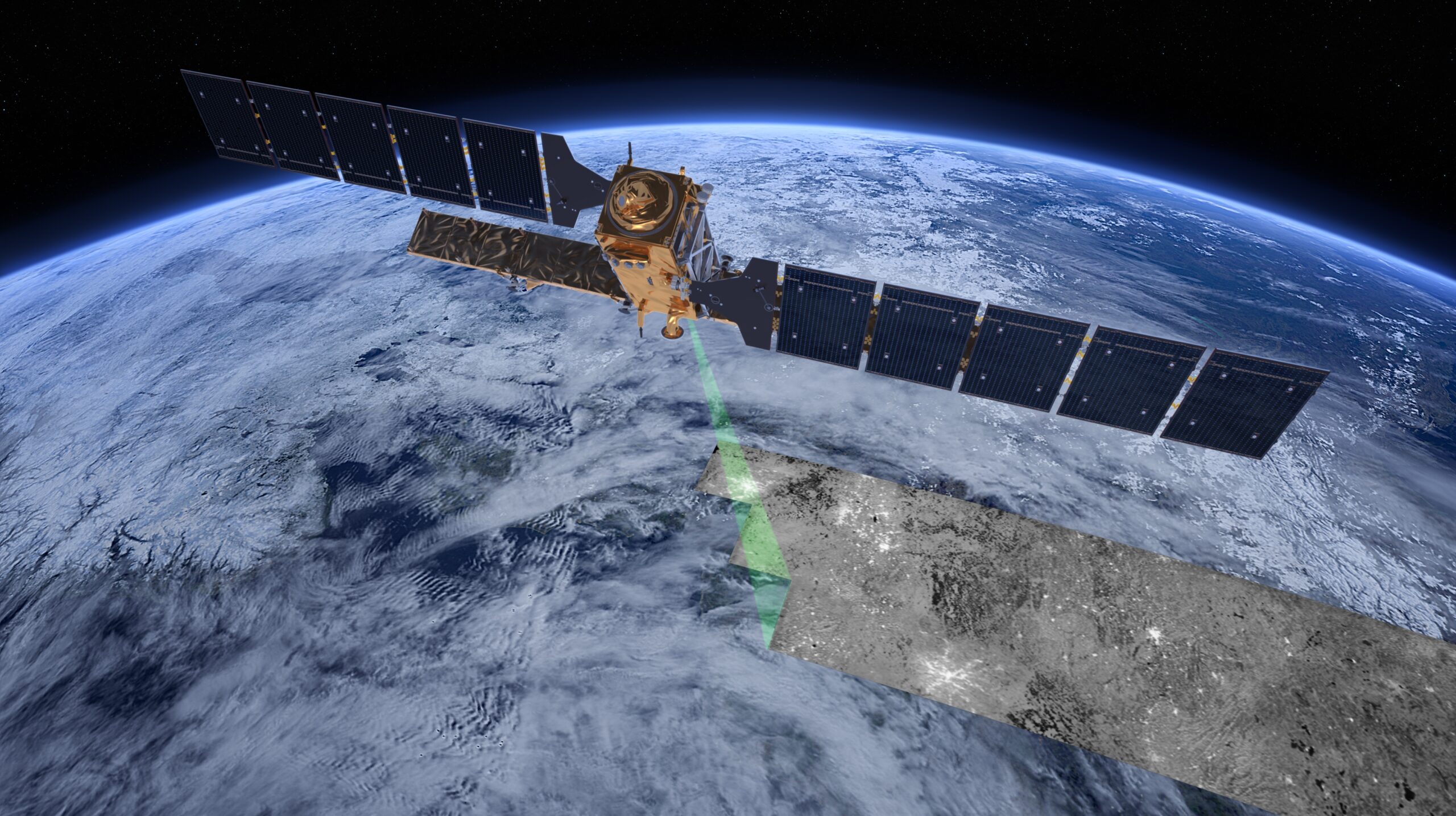The UK Centre for Observation and Modelling of Earthquakes Volcanoes and Tectonics (COMET) is a world-leading research centre, funded by the Natural Environment Research Council (NERC) in partnership with the British Geological Survey (BGS). Co-led by the University of Bristol and University of Leeds, we work across 16 partner and associated universities in the UK.
Learn more about our organisation…
What We Do
Since 2002, COMET has delivered National Capability science and services for NERC using satellite measurements alongside ground-based observations and geophysical models to study earthquakes and volcanoes, helping us to understand the hazards they pose.
Learn more about Our History….
The long-term underpinning Earth Observation science and geohazards research that we undertake alongside BGS benefits the wider community of environmental scientists and provides a flexible platform to respond to natural disasters.

Our research falls into three key areas:
Collaborations
By combining our datasets with COMET and BGS expertise, we are able to provide reliable, rapid advice to governments, the scientific community, and local partner organisations during a seismic or volcanic crisis.
Learn more about the impact our work has…
Our core datasets and models underpin a broader programme of research, we play a significant role in many international projects, and we provide advice and capabilities to collaborative partners around the world.
Learn more about our projects…
Our long-term collaborations with partner organisations worldwide also make COMET uniquely placed to engender collaborations with and between developing nations (many on the DAC list).
Learn more about our key partnerships…
Satellite Missions
COMET’s expertise in satellite observations is recognised by international space agencies. We provide scientific advice and guidance for Earth Observation satellite missions relevant to COMET’s focus areas.
